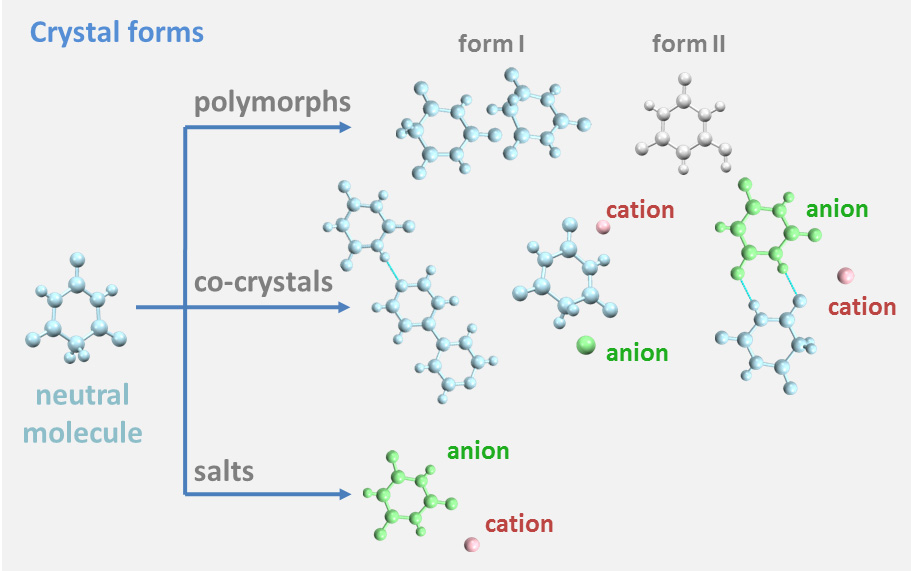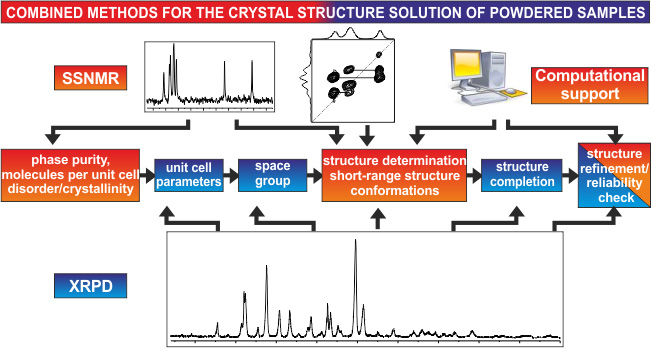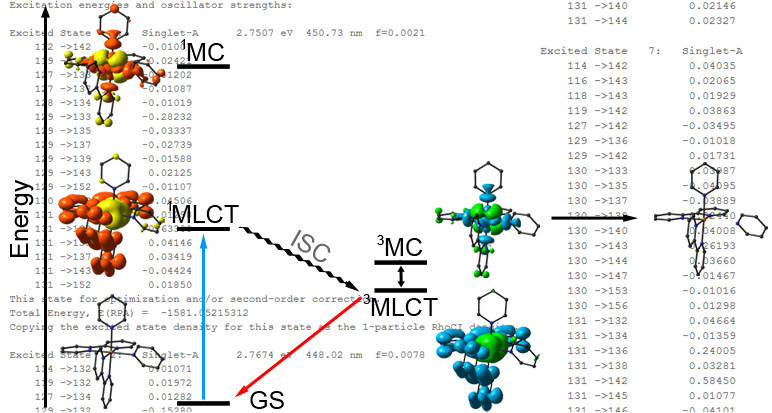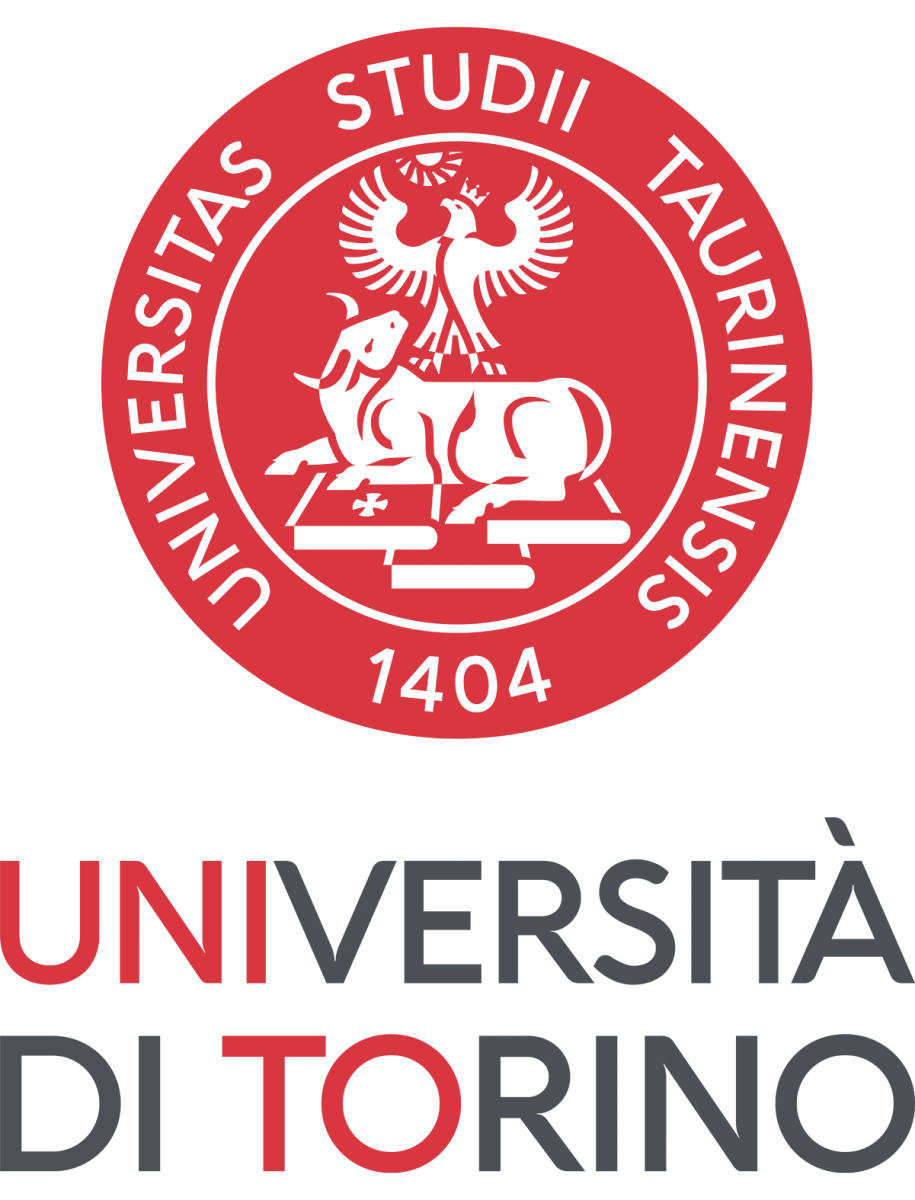Main menu
You are here
Research @ NMR Lab
The main area of interest concern synthesis and characterization from the experimental and computational point of view of several compounds, from organic and organometallic complexes to advanced functional materials. All these subjects are investigated in collaboration with top international scientists and industrial companies which provide knowledge exchange and financial support.
The main research fields are:
Crystal Engineering
Supramolecular approach to rational design, synthesis and characterization of crystalline materials with desired properties by employing weak interactions (hydrogen and halogen bond) and building blocks. Crystal form screening (polymorphs, solvates, salts and co-crystals) for improving the performances of pharmaceutical compounds with crystallizations and mechanochemical methods.
The group takes advantage of several collaborations with leader groups in the Crystal Engineering field such as, for instance, D. Braga’s and G. Resnati’s groups which provide XRD complementary informations.

NMR crystallography
Achievement of NMR parameters providing structural and packing information. In this context, several advanced 1D and 2D solid-state NMR (SS NMR) techniques are combined with powder X-ray diffraction and quantum mechanical computations for solving powdered microcrystalline structures. Extensive use of infrared and Raman spectroscopy and thermal methods is also made for hydrogen and halogen bonding analysis. Particular attention is given to the characterization (detection, strength and network analysis) of weak interactions, mainly hydrogen and halogen bonds and p-p contacts.

Organometallic compounds for photo- and electrochemical applications
The group develops advanced syntheses of transition metal complexes with photophysical and electrochemical properties for energy conversion and catalytic applications. Efforts are also dedicated to the solvent free synthesis and characterization of coordination polymers and Metal-Organic-Frameworks (MOFs) with luminescent or gas storage properties. Electrochemical measurements (cyclic voltammetry and impedance techniques), photophysical measurements (electronic absorption and emission spectroscopies), powder X-ray diffraction, DFT calculation (both molecular-based and periodic), vibrational spectroscopies (IR and RAMAN), calorimetries (DSC and TGA) are commonly used for the characterization.
Excited-State Characterization of Photoactive Metal Complexes
Characterization of structural and electronic properties of photoactive transition metal complexes, both in the ground and in the electronic excited states. We employ a hybrid theoretical and experimental approach based on DFT (Density Functional Theory) and time-resolved spectroscopy (X-Ray Transient Absorption, Time-Resolved Wide-Angle X-ray Scattering and Time-Resolved optical absorption) to explain how metal complexes respond to light excitation and how their photochemistry can be tailored for applications in the fields of luminescent probes, electroluminescent materials and photoactivatable prodrugs.


